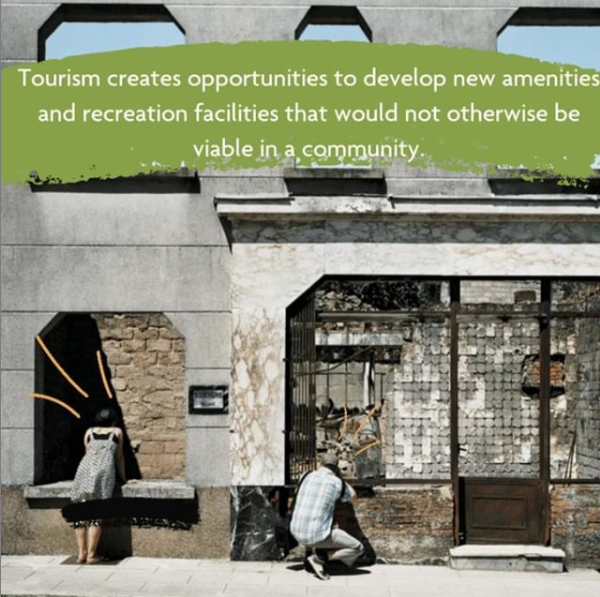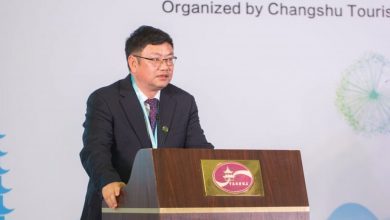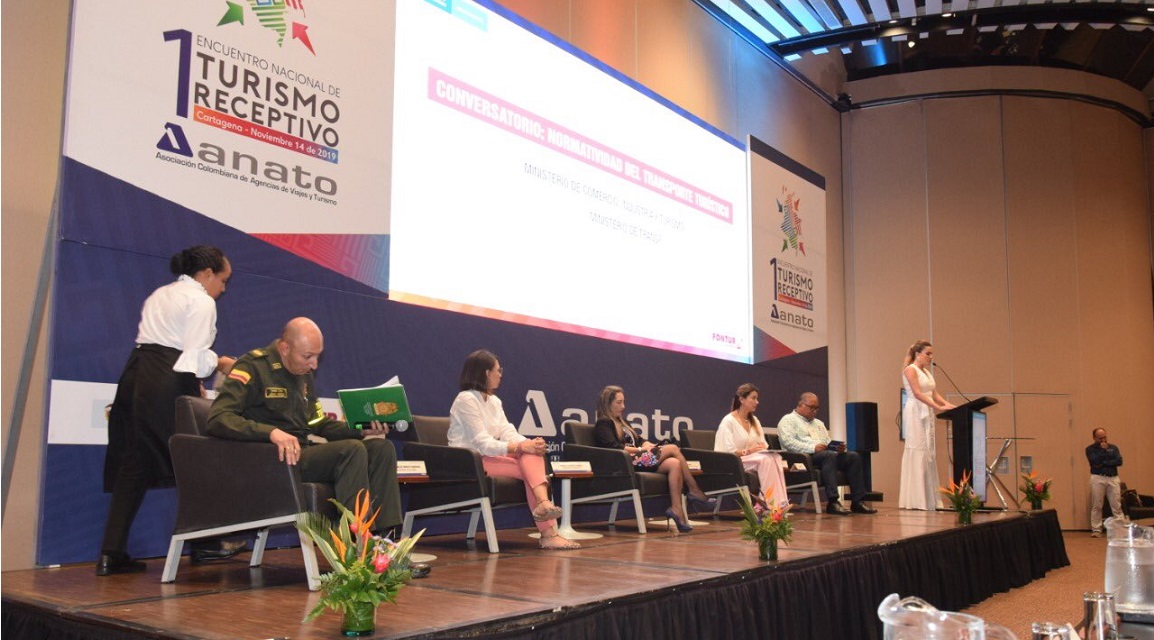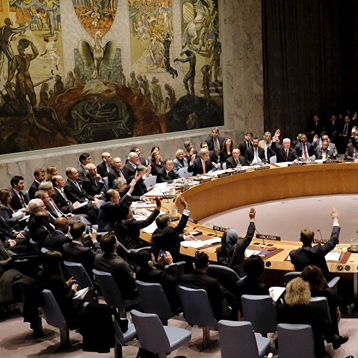National Parks and Tourism: The new Future in Saudi Arabia
From Oil to Tourism and Nature
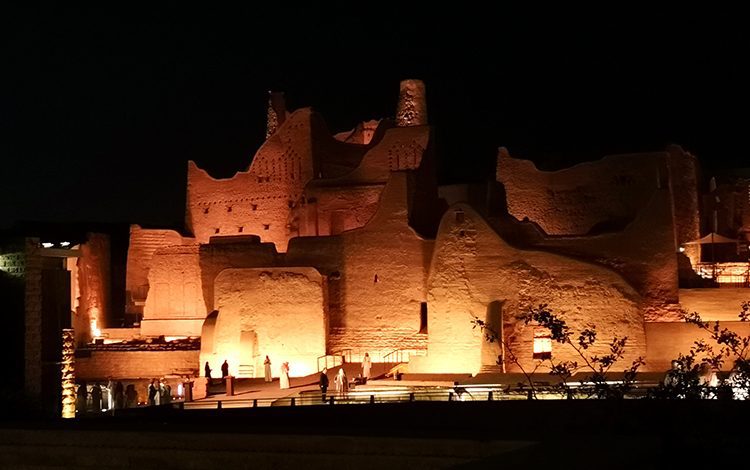
Saudi Arabia, once synonymous with oil, is now forging a new path towards a sustainable future through a series of prominent efforts in tourism and ecotourism. At the heart of this transformation lies Vision 2030: an ambitious plan to reduce the country’s dependence on oil, in part by increasing tourism to account for 10% of Saudi Arabia’s Gross Domestic Product by 2030, compared to the current 3%. The vision outlines a plan to intensify sustainability efforts nationwide, from “giga-projects” developments to a massive tree-planting campaign of over one million trees.
Nature Regeneration, conservation and tourism development
In a statement, Dr. Khaled Alabulqader, CEO of the Vegetation Cover Center, stated that “What was announced by SAR the Crown Prince will set the direction for the Kingdom and the region in protecting nature, achieving global goals in environmental protection, increasing vegetation cover, reducing carbon emissions, as well as combating pollution, soil degradation, and preserving marine life.” In reality, although not directly expressed, this refers to natural and environmental regeneration, which is the first step in building a sustainable and competitive tourism offering.
Perhaps this phrase from His Majesty King Salman bin Abdulaziz, Custodian of the Two Holy Mosques, “We are part of this world and face the problems and challenges it is facing,” summarizes Saudi Arabia’s roadmap or compass.
Before delving into the specific topic of national parks, it’s important to highlight some examples that indicate the direction Saudi Arabia is taking in terms of mega tourism projects, such as:
The Red Sea Project
This luxury tourism development project encompasses a 90-island archipelago on the west coast of Saudi Arabia and the shores of the Tabuk province. The “giga-project,” announced in 2017, aims to attract international tourism to these unexplored islands, create up to 70,000 jobs, and protect the ecosystem along the Red Sea coast. According to Red Sea Global, the goals include pursuing 100% renewable energy and eventually generating and storing on-site energy from renewable sources.
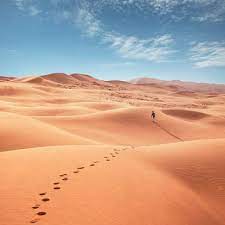
“We plan to implement a series of policies, including the complete elimination of waste in landfills, 100 percent carbon neutrality, and a total ban on single-use plastics. Where technology currently exists to achieve this, we will implement it. Where it does not exist today, we will seek to develop it,” the company declares.
A marine spatial planning study has been conducted to help preserve biodiversity, and over 30 environmental studies have been carried out with the aim of increasing biodiversity in the region by 30 percent. Nine islands have been designated as special conservation areas, more than 25 million seedlings have been produced, and community development training is underway. The first phase involves the development of five islands and two onshore locations with 16 hotels offering around 3,000 rooms, scheduled to be completed in 2024, with the entire project expected to be finished by 2030.
Additionally, the company plans to become the world’s largest Dark Sky certified reserve.
…but also because there is a strong commitment to regeneration and sustainability, vital strategies for a secure future
It is true that tourism and ecotourism are still emerging sectors, but they undoubtedly have great potential. This is not only because the Kingdom aims to attract more than 100 million annual tourists but also because there is a strong commitment to regeneration and sustainability, vital strategies for a secure future, especially in natural areas and their hinterlands, where local communities play a crucial role, and hospitality is ingrained in their genes, which aids in the success of tourism.
Perhaps the other side of Saudi Arabia’s mega-tourism projects is the implementation of ecotourism (You can see this website with information on ecotourism in Arabia).
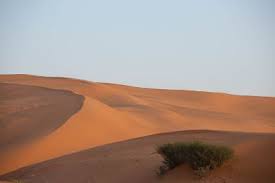
Natural Regeneration, Conservation, and Development through Ecotourism in Saudi Arabia Natural Parks
Saudi Arabia has 15 protected natural areas managed by the Saudi Wildlife Authority, where sustainable ecotourism programs are currently being planned as a strategy for the development and conservation of these natural and rural environments, which represent the country’s heritage and natural capital.
My intention is not to create an encyclopedia of these parks, but to highlight some of them for their peculiarities, such as the Asir National Park in southwestern Saudi Arabia. The beautiful Asir province offers mountainous landscapes and a great diversity of flora and fauna, with steep mountains, deep valleys, spectacular canyons, and the presence of tombs and petroglyphs.
In its higher regions, there are cedar (Cedrus spp.) and pine (Pinus spp.) forests, as well as native fauna such as the mountain gazelle (Gazella gazella), the Arabian wild boar (Sus scrofa), and the Arabian leopard (Panthera pardus nimr), which are extremely difficult to spot. It is one of the most untouched areas of Saudi Arabia and also the country’s first national park, which also features a hidden lake.
Empty Quarter Desert National Park (Rub’ al Khali), meaning “Desert of the Void,” is located in the southeast, in the vast Rub’ al Khali desert, one of the world’s largest deserts. Its landscape is extremely desert-like, with vast stretches of sand, high sand dunes, and extremely arid desert landscapes with rock formations. These sand dunes can reach heights of up to 250 meters, adding spectacularity to the visit.
The climatic conditions in Rub’ al Khali are extremely harsh, with temperatures that can exceed 50 degrees Celsius during the day and drop drastically at night. The lack of water and extreme aridity make survival in this desert a challenge and a school of survival for visitors.
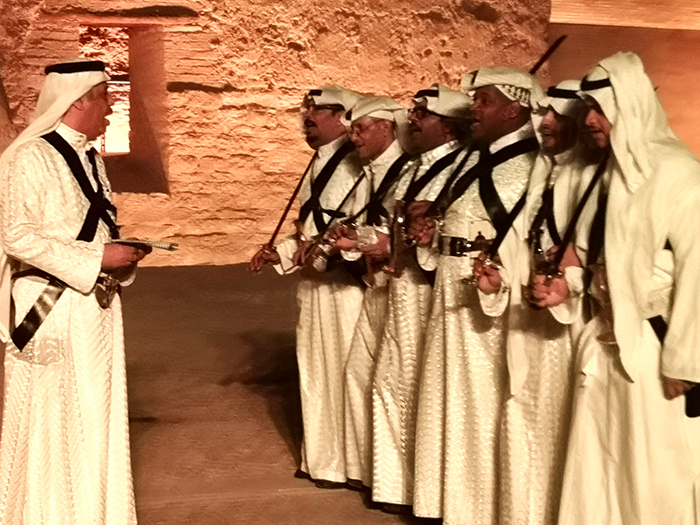
In the park’s hinterland, Bedouin communities live a traditional nomadic lifestyle, undoubtedly adding significant value to the potential ecotourism offering.
Harrat Khaybar National Park is located in the northwest of Saudi Arabia, in the Medina region. It is situated in an extensive volcanic area known as Harrat Khaybar, characterized by its unique volcanic landscape and geological formations, including lava fields, volcanic cones (mounds of ash and solidified lava accumulated during volcanic eruptions), lava flows, and other geological formations that capture attention.
The Nafud Desert National Park is located in the north of the country and covers a vast desert area. It is truly an erg with crescent-shaped dunes formed by wind erosion. Al Nefud is known for having some of the largest and most majestic dunes in Saudi Arabia, connected to Rub’ al Khali. Undoubtedly, the desert’s geomorphology (which has many landscape and ecosystem varieties) and the mountains are key attractions in Saudi nature tourism, but we must also add the unpolluted skies for star observation and the local communities, such as the Bedouins.
Continuing with the theme of nature, we should also consider the presence of oases and, of course, coastlines and seabeds, such as those in the Red Sea and the Persian Gulf, which complement the offering to create a great natural destination.
The truth is that Saudi Arabia’s natural areas are unknown to many, but they offer high-quality attractions that, under the parameters of regeneration and sustainability, will become highly competitive tourist destinations.
Arturo CROSBY
